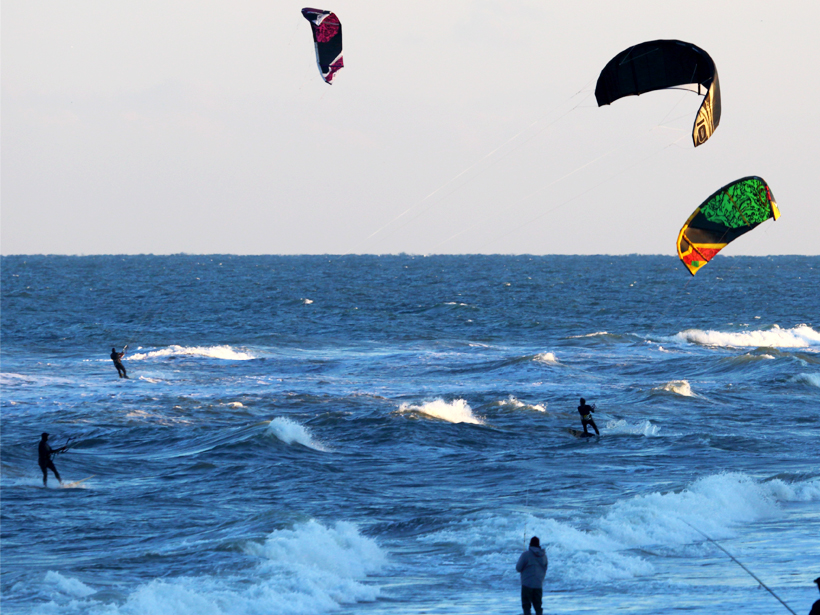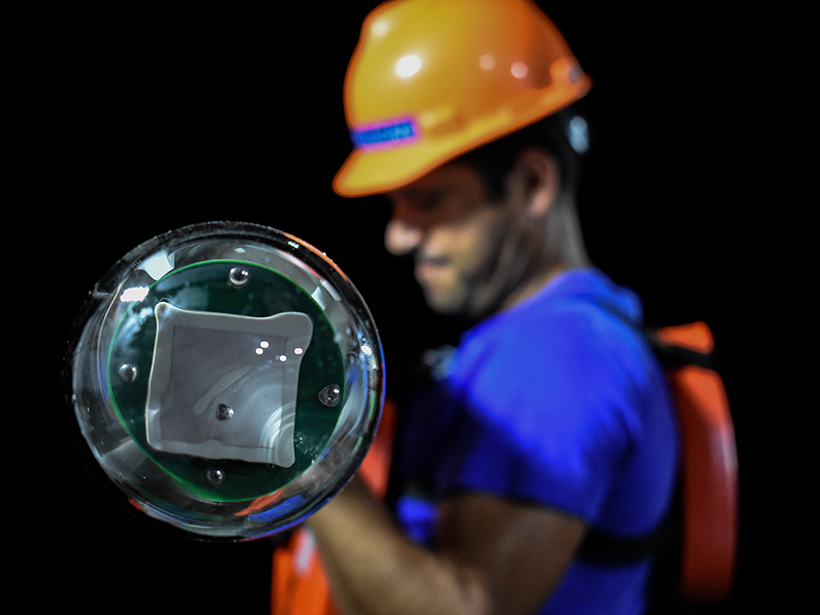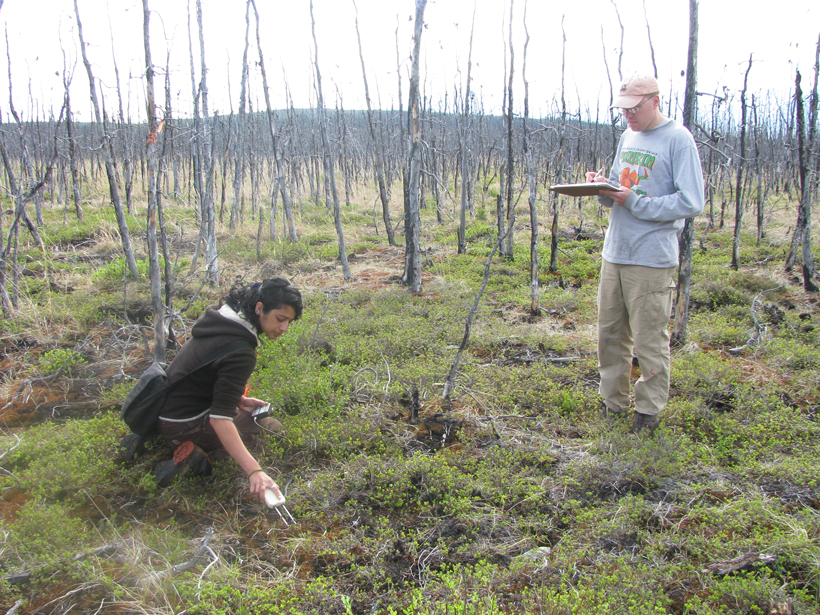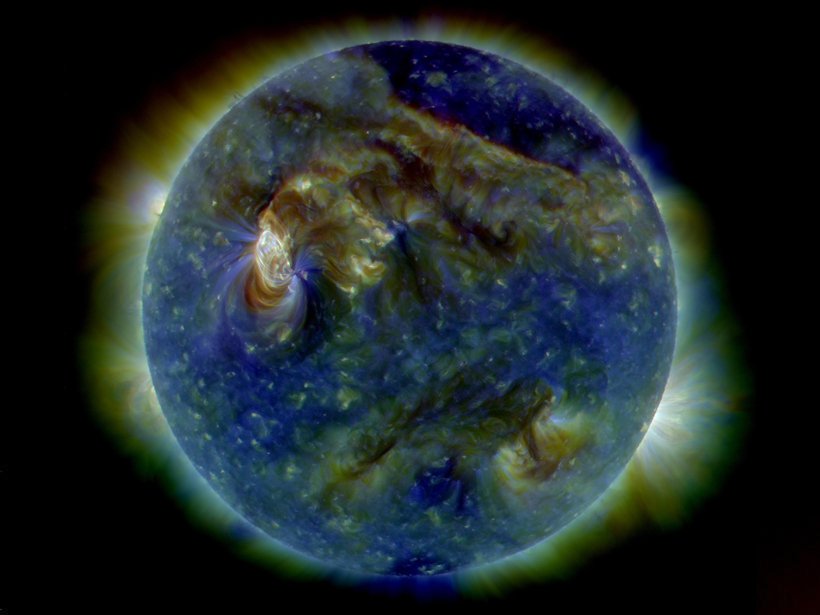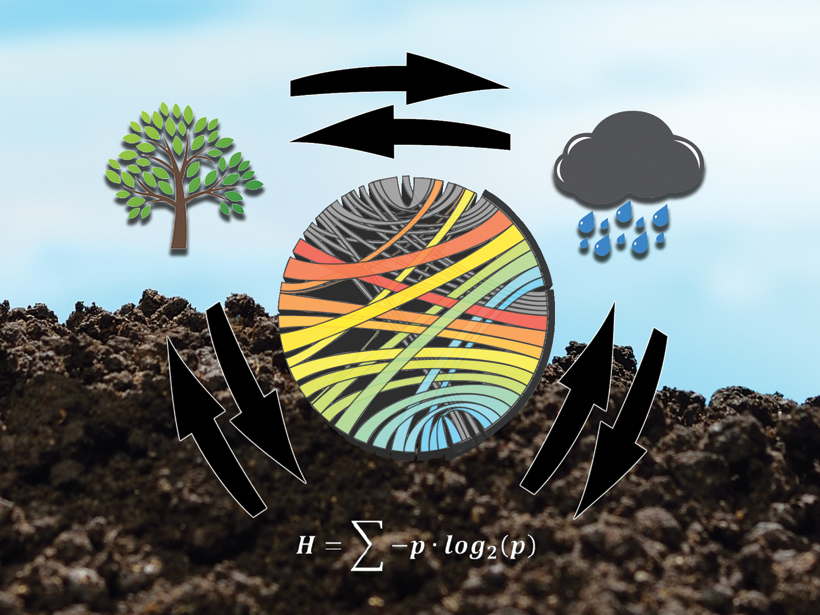A new version of a free Web application (SIGMELTS 2.0) helps Earth scientists interpret electrical anomalies in Earth’s crust and mantle and track the sources of earthquakes and volcanic eruptions.
Science Updates
Universal Units Reflect Their Earthly Origins
On Friday, the kilogram will join its fellow metric units with a definition based on fundamental physical constants, but these units maintain links to their roots in the geosciences.
Satellite Observations of Ocean Surface Winds and Currents
Florida State University workshop on Satellite Observations of Ocean Surface Winds & Currents; La Jolla, California, 18–19 May 2018
Deep Floats Reveal Complex Ocean Circulation Patterns
Acoustically tracked floats drift far below the ocean’s surface, providing fresh discoveries about deep-sea currents. A new archive gathers decades’ worth of float data into a central repository.
Digging Deep into Geosciences with Minecraft
Building volcanoes, caves, and other features in an “open-world” computer game is an engaging way to teach the next generation about Earth.
Mapping and Monitoring Soil Moisture in Forested Landscapes
Monitoring Forest Soil Moisture for a Changing World; Ann Arbor, Michigan, 15–17 May 2018
How Do We Accomplish System Science in Space?
Exploring Systems-Science Techniques for the Earth’s Magnetosphere-Ionosphere-Thermosphere; Los Alamos, New Mexico, 24–26 July 2018
Exploring the Unknown of the Ross Sea in Sea Ice–Free Conditions
A team of polar scientists aboard the OGS Explora, cruising in rare ice-free conditions, discovered new evidence of ancient and modern-day ice sheet sensitivity to climatic fluctuations.
Using Information Theory in Earth Sciences
Second Workshop on Information Theory and the Earth Sciences; Santander, Spain, 16–19 May 2018
Nations Work Together to Size Up Caribbean Tsunami Hazards
An international collaboration is using historical records and modeling to assess tsunami potential in this high-risk region.



